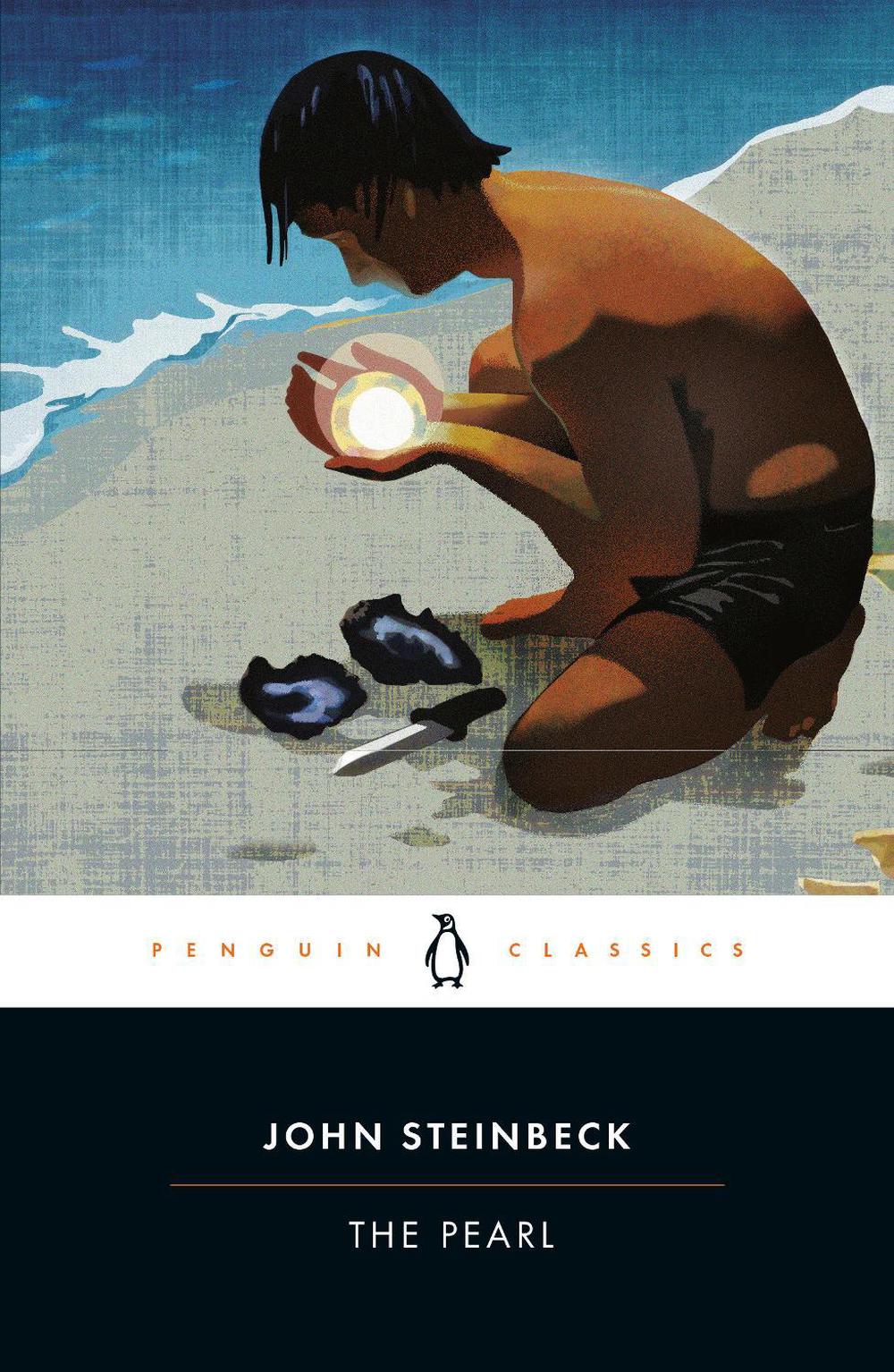

The story of the Pearl of the World becomes a tragedy for Kino, Juana and Coyotito. Kino, my husband, it will destroy us.”Īfter this, the pearl becomes a magnet for violence, greed and pain. This pearl is like a sin! It will destroy us. Once she knows Kino is alright, Juana boils over: Kino drives the intruder away, drawing blood with his fishing knife but suffering a bruised forehead. But, that night, in the deep dark of the couple’s hut, someone sneaks in to try to steal the pearl. With the doctor’s ministrations, Coyotito is out of danger. And in the houses the people could hear the swish of the small ones and the bouncing splash of the great ones as the slaughter went on.” “Like a sin!” “Out in the estuary a tight woven school of small fishes glittered and broke water to escape a school of great fishes that drove in to eat them. Kino dreams of buying a real house and a rifle for himself, and of paying the priest to marry Juana and him and to baptize Coyotito, and of sending the boy to school so he can escape the life that Kino and his forebears have lived for centuries. It is enough to get the doctor who usually ignores poor families such as Kino’s to come out twice to see the baby - certainly with the expectation of a rich payment from the proceeds of the family’s sale of the pearl. This happens the day after Coyotito has been stung by a scorpion and the poison is spreading through his small body. Kino, the fisherman in the Mexican town of La Paz (Peace) on Baja California, along the Gulf of California, one day dives and finds a great and beautiful pearl - the Pearl of the World.

The 30-000- word story of The Pearl is clear enough. Steinbeck writes of The Pearl that “perhaps everyone takes his own meaning from it and reads his own life into it.” The Pearl of the World Sometimes, the lesson of a Jesus’s parable is clear other times, it isn’t. In other words, the story of Kino, Juana and their baby Coyotito is, like the Jesus parable of the Good Samaritan or his one about the Pharisee and the Publican, shorn of realism.

“And, as with all retold tales that are in people’s hearts, there are only good and bad things and black and white things and good and evil things and no in-between anywhere.” In the context of the story, he explains that it is a story told often by generations of local people. On the very first page of The Pearl, John Steinbeck signals that this short, tense novel is a parable.


 0 kommentar(er)
0 kommentar(er)
